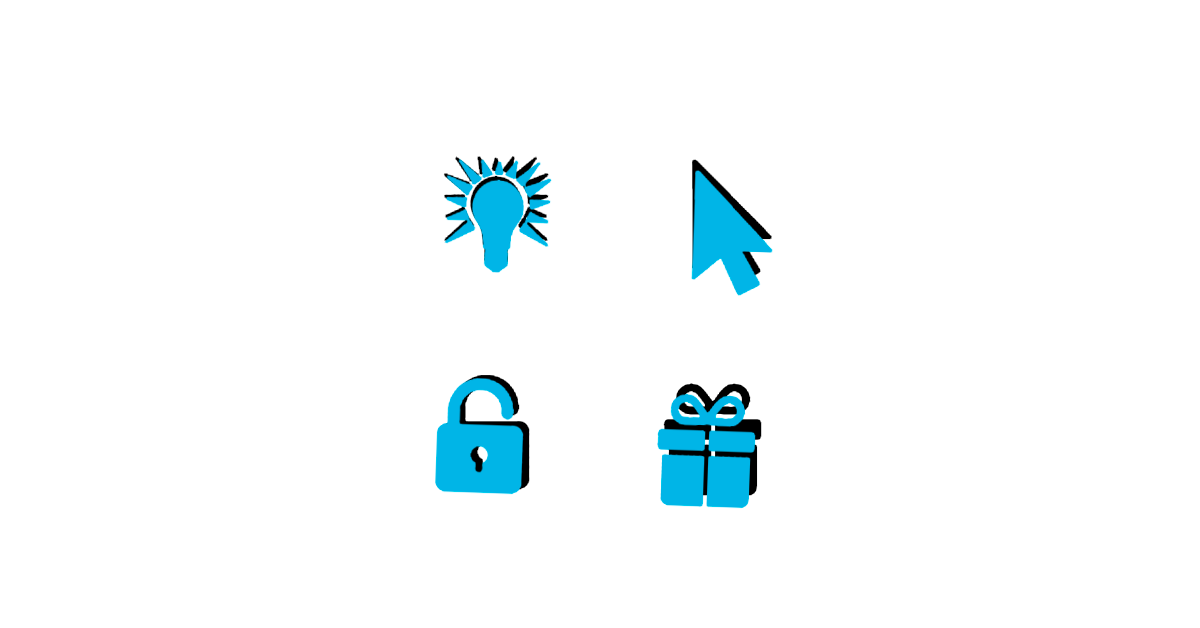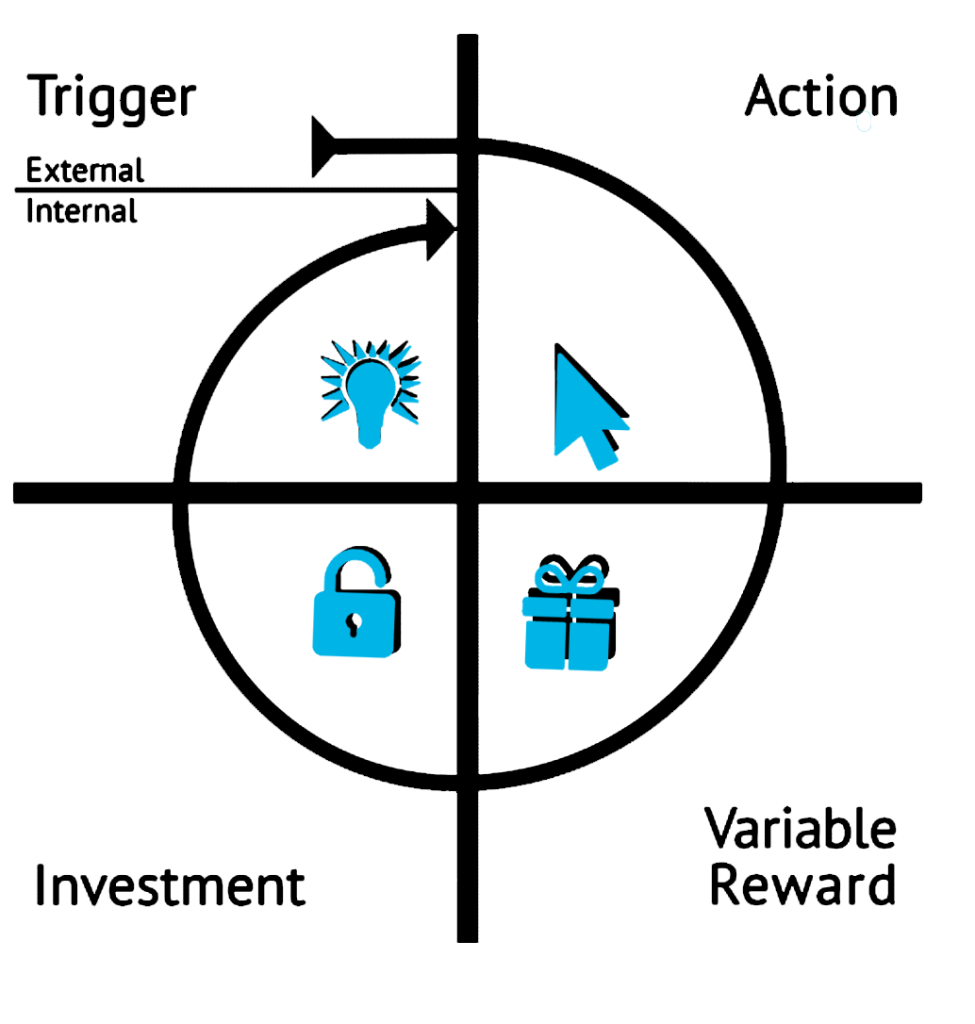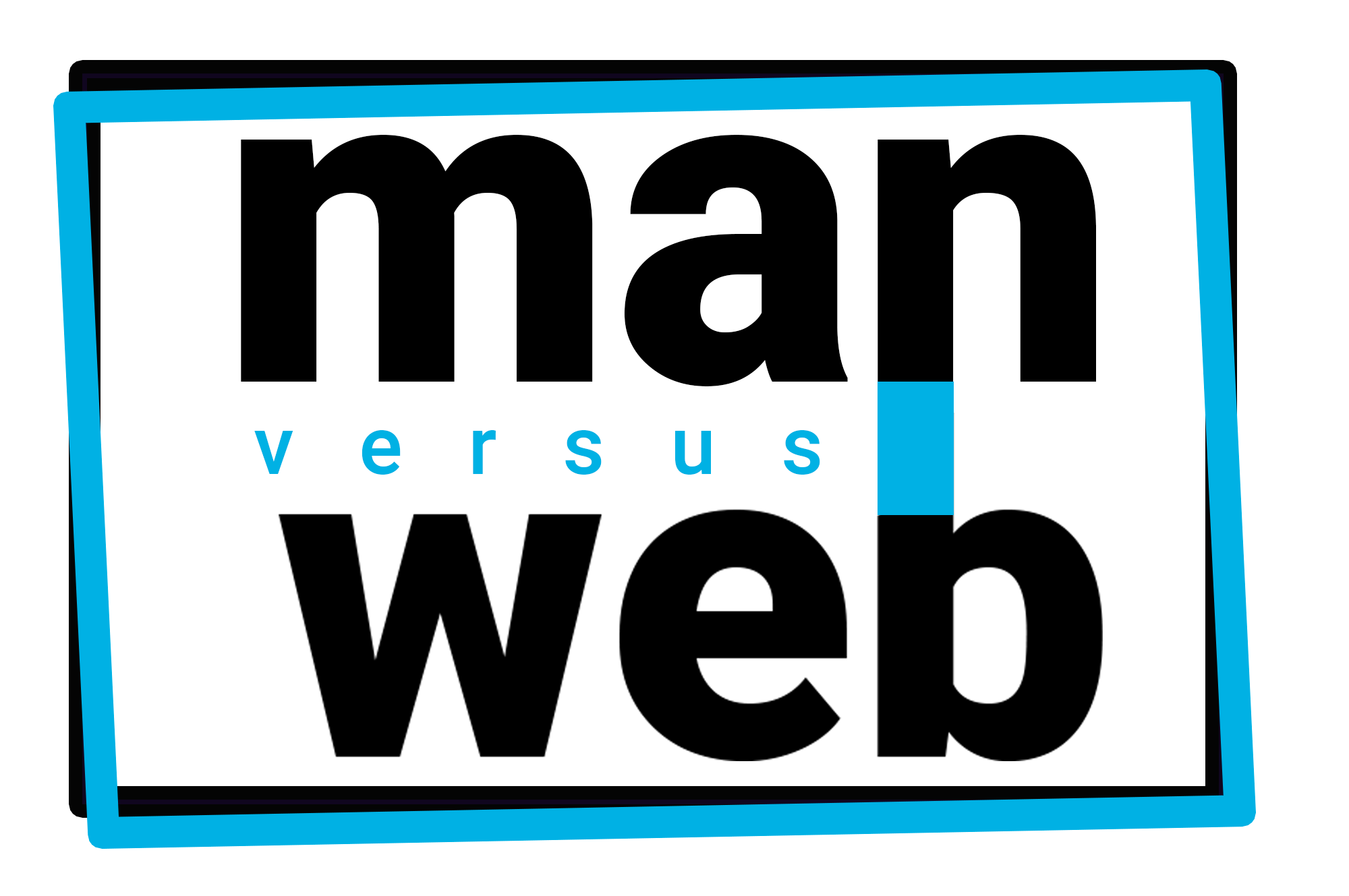
Fact: advertising costs a lot of money. But what if you could make your clients so loyal you wouldn’t need to continually advertise your product to them? This is the promise of the hook model, devised by Nir Eyal in his book “Hooked”.

Let’s sell a razor
Imagine I want so sell razors that last about a month. In the first step there would have to be a trigger for me to consider the razors. Seeing a relevant ad about beard styles while my beard looks like a wild mess would do the trick.
In a second step I’ll take action. If the razors are well reviewed and not too expensive, I’d probably try them. I make this sound easier then it looks: there are actually many hurdles in an online sales process, but that’s not what this article is about (I could write a book about those!).
The neurological magic happens in the third step. I get my razor, turn on the faucet, apply my shaving cream and slide the razor for a smooth, smooth cut. My brain sends out dopamine: gee, I do look better with a short trim. I may post the result on Instagram. Some are really positive in their comments, some like the old me… a variable reward, but it’s the excitement of what the variation is, that generates the dopamine, a.k.a. the happy drug.
The neurological magic happens in the third step.
Finally, to keep feeling happy, I’m supposed to do a bit of work. Logically, after a while I’d need to reorder a razor. It also helps to tell people about my revelation and convince them to try it.
The end game
If I manage to keep a client going through this cycle a couple of times, I will eventually create a habit. Habits are tough to kill, and so I’ll have a client for a very long time.
So next time you try to sell a product online, keep the hook model in mind. At Man versus Web we love to combine psychology and technology. Feel free to contact us to see how we can help your brand.
